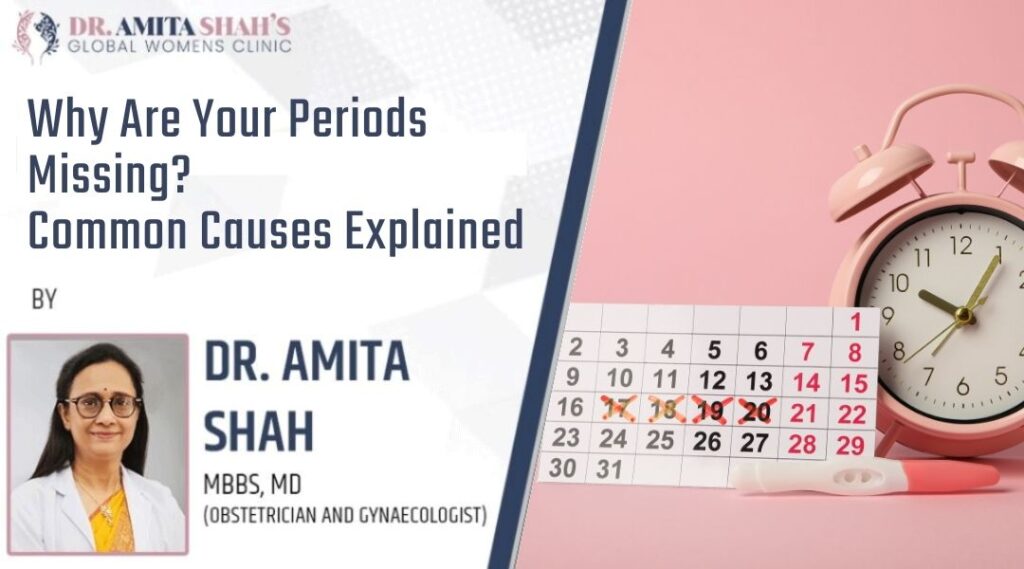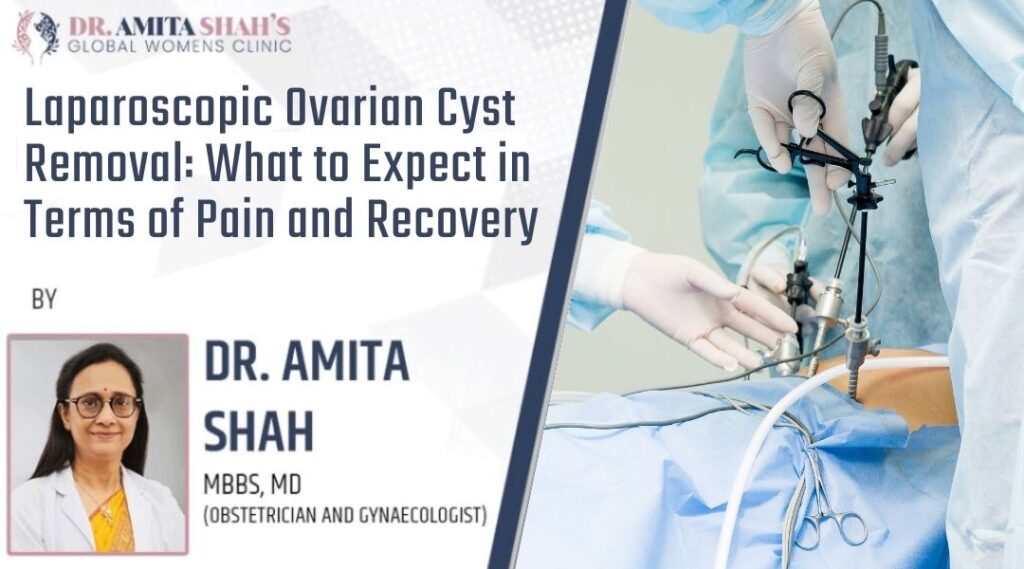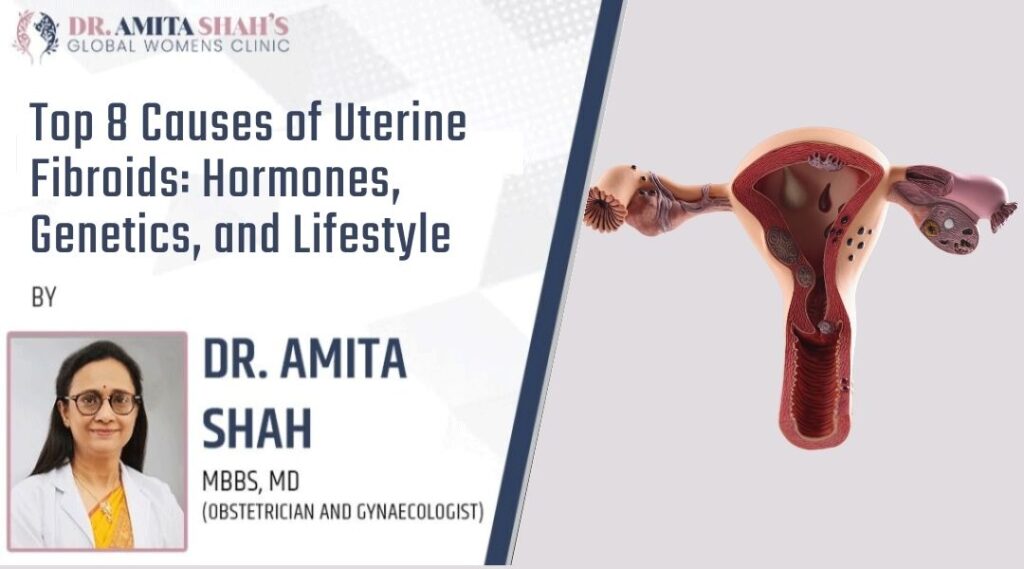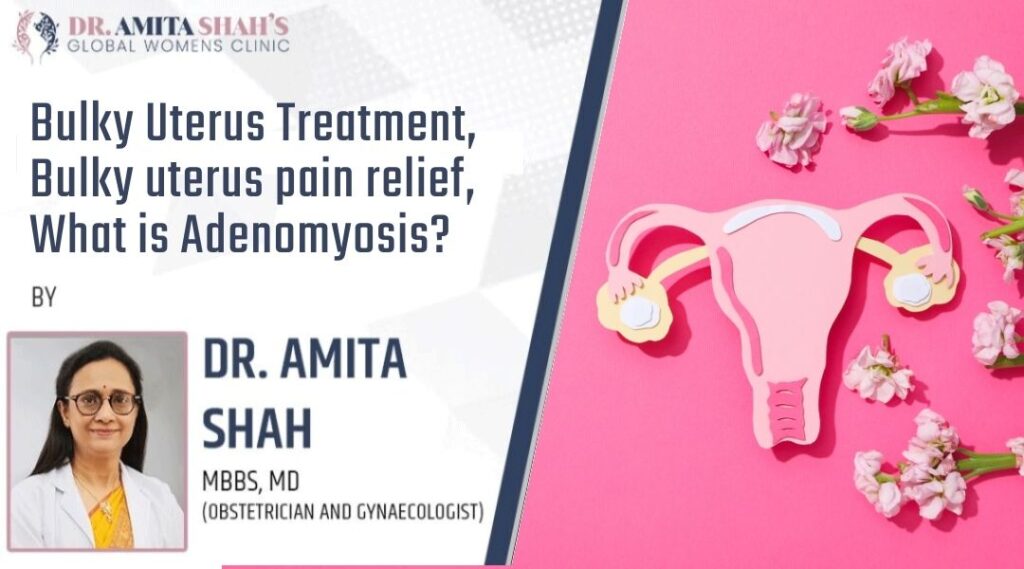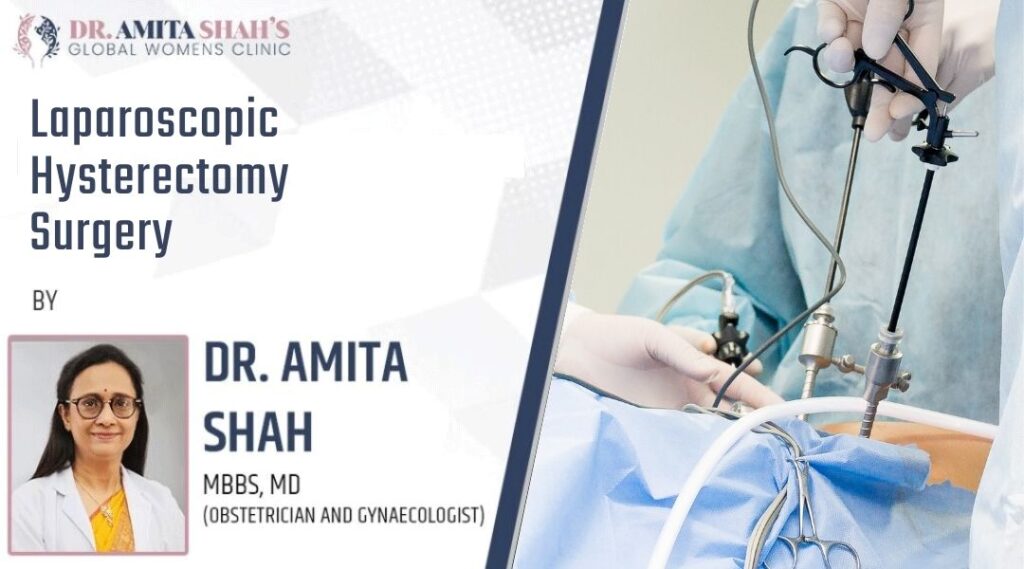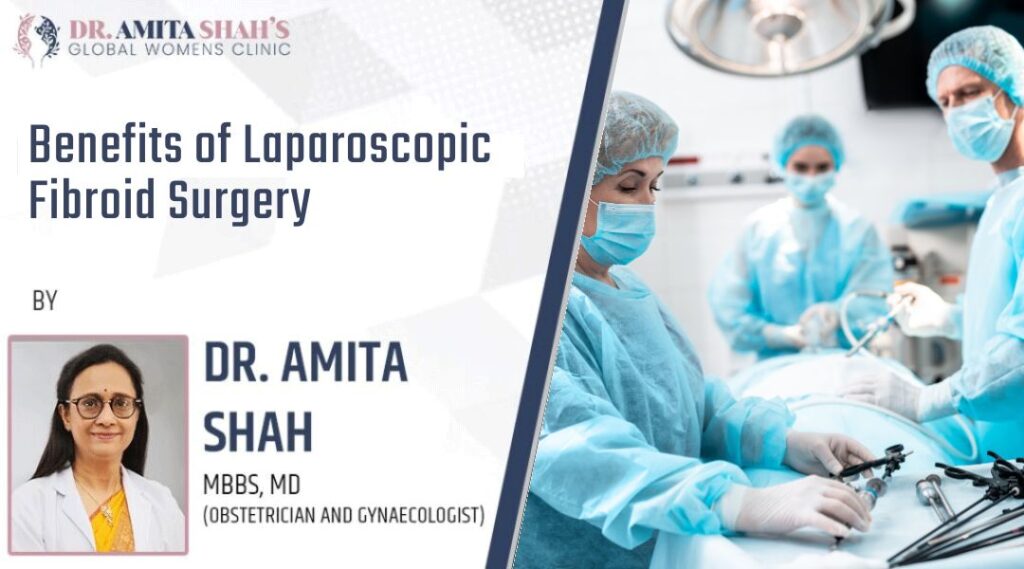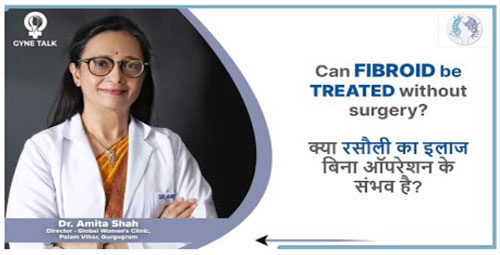What exactly is breast cancer?

Symptoms of breast cancer
Some patients have no symptoms and the cancer is discovered through a screening mammography or a doctor’s physical examination.
New lumps or thickening in the breast, particularly in one breast nipple sores, change in form of the nipple discharge or turn in changes in the size or shape of the breast skin of the breast dimpling pain or swelling in the armpit rash or red swollen breasts. Continuous discomfort that is unrelated to your menstrual cycle, lasts beyond your period and affects just one breast. For breast cancer treatment contact Dr. Amita Shah one of the best gyne in Gurgaon.
Breast cancer causes
Some risk factors for breast cancer include growing age, family history, and inheritance of mutations in the genes BRCA2, BRCA1 (particularly frequent in Ashkenazi Jewish ancestry), and CHEK2. Exposure to female hormones is also a risk factor (natural and administered)
a prior breast cancer diagnosis a history of certain non-cancerous breast diseases beginning your period before the age of 12
Being overweight, not getting enough physical exercise, and consuming alcohol are all risk factors for breast cancer in both men and women.
There is a link between certain benign breast illnesses and prior radiation exposure
Breast cancer diagnosis
Breast cancer diagnostic tests may include:
1. Examination of the body.
2. If you detect any changes in your breasts or if mammography reveals anything abnormal, your doctor will undertake a physical exam, inspecting both breasts as well as the lymph nodes above your collarbone and your arms. Your doctor will also inquire about your medical history as well as any family history of breast cancer.
3. A mammogram is a low-dose x-ray that may detect changes that are too tiny to detect during a physical examination. Before having a mammography, you should notify the personnel if you have breast implants.
4. Ultrasound- If mammography detects breast alterations, an ultrasound may be performed. This is a non-invasive scan that uses sound waves to create an image of your breast.
5. Biopsy- If breast cancer is suspected, a doctor will take part of the breast tissue for evaluation under a microscope by a pathologist.
Various other scans
1. If cancer is found in your breast, you may need further scans, such as a CT scan or an MRI, to determine if the disease has spread to other regions of your body.
2. Following a breast cancer diagnosis
3. You may be astonished, frightened, scared, or bewildered after learning you have breast cancer. These are typical reactions. Talk to your doctor, family, and friends about your treatment choices. Look for as much information as you can. It is entirely up to you how engaged you want to be in treatment choices.

Breast cancer treatment
Treatment is determined by the degree of the malignancy.
Staging
Staging entails determining the extent of the breast cancer and if it has progressed to the lymph nodes under the arm. To determine the locations to which breast tumours most usually spread, a CT scan of the chest, liver, and bone is performed.
Surgery
The most invasive surgical treatment for localised breast cancer is to remove the breast and lymph nodes beneath the arm. Breast-conserving surgery, often known as a lumpectomy, is performed when a portion of the breast is removed. After breast-conserving surgery, radiotherapy is usually advised.
A mastectomy is when the whole breast is removed.
Chemotherapy
Chemotherapy may be given before surgery to help reduce the cancer, if the risk of cancer returning is high, or if the cancer returns after surgery or radiation treatment. If the malignancy is HER2 positive or does not respond to hormone treatment, it may also be employed.
Radiation treatment (radiotherapy)
After breast-conserving surgery, radiation treatment (radiotherapy) is suggested to help eradicate any undiagnosed cancer. It is also advised if lymph nodes were removed from beneath the arm there is a chance that the malignancy may return. If there is a chance of the cancer returning to the chest region following a mastectomy, radiation treatment may be employed. Hormone therapy may also be used.
Hormone treatment
Hormone treatment is the use of medications to lower the levels of female hormones in the body. This aids in the prevention or slowing of the development of hormone receptor-positive cancer cells. The kind of hormone treatment you get will be determined by your age, the type of breast cancer you have, and whether or not you have reached menopause.
Medicine
Drugs that target particular targets inside cancer cells are known as targeted therapies. The medications now available are exclusively effective against HER2-positive breast cancer.
Palliative care
In certain situations of breast cancer, your medical team may discuss palliative care with you. Palliative care tries to enhance your quality of life by reducing cancer symptoms.
Palliative care may ease pain and assist manage other symptoms in addition to reducing the progression of breast cancer. Radiotherapy, chemotherapy, and other pharmacological treatments may be used in treatment.




